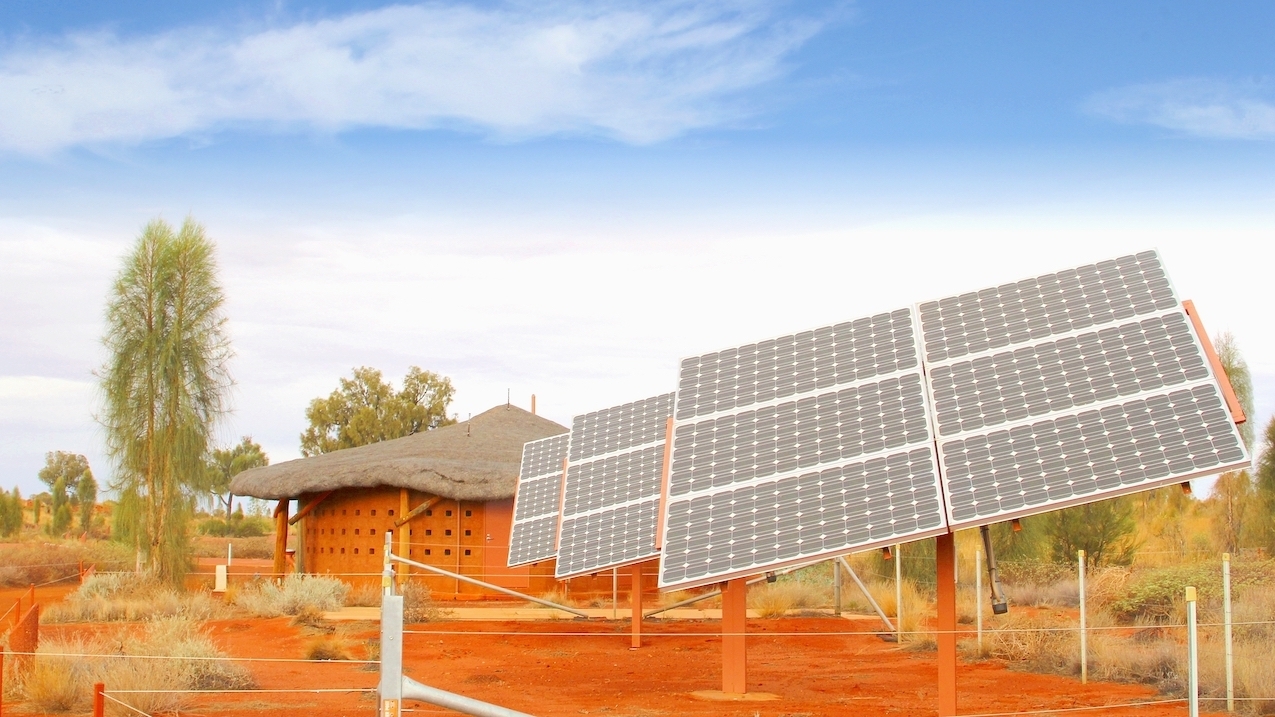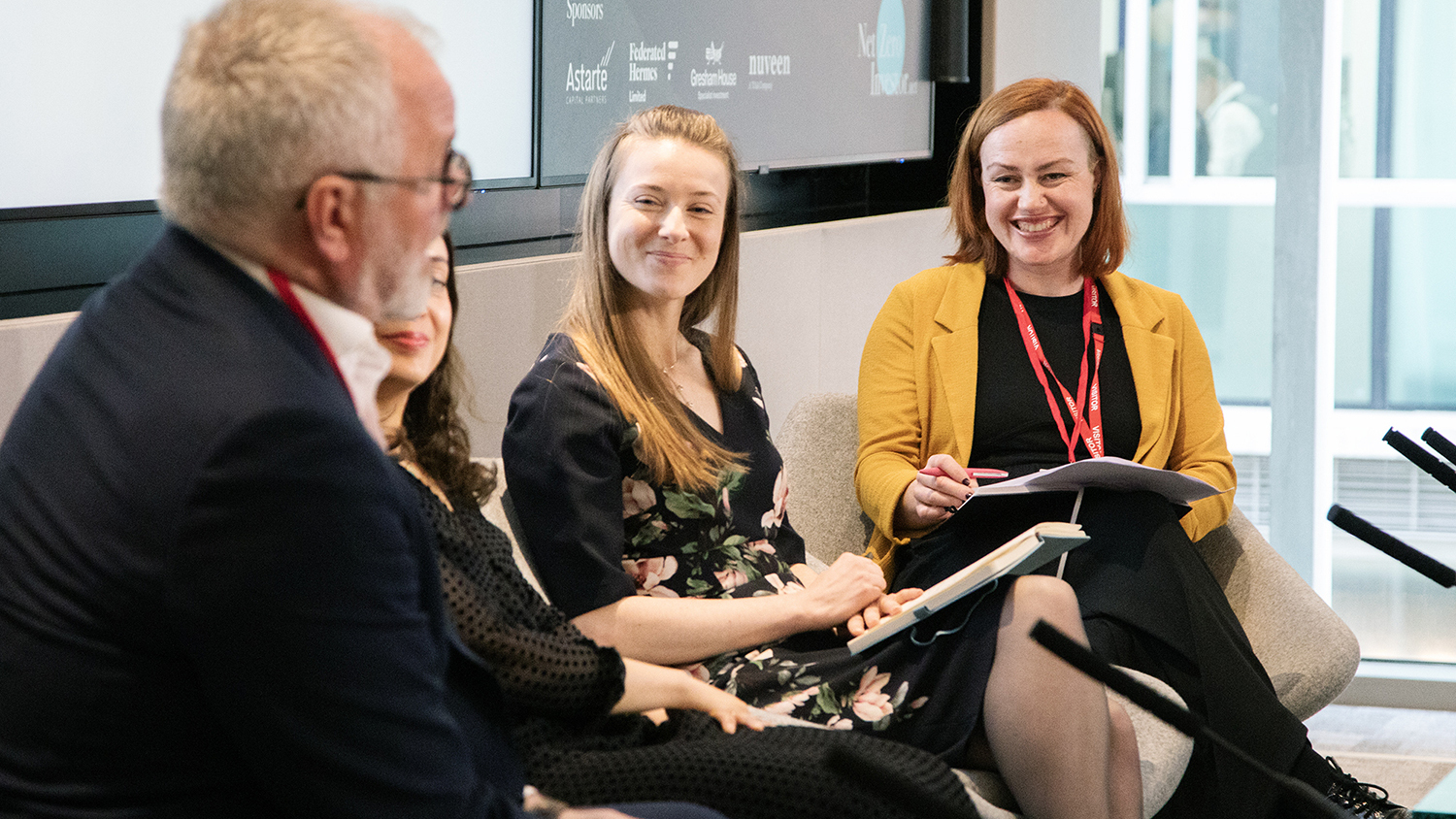
South Africa to announce details of energy transition investment plan
Delegates at COP27 will be keen to see the finer details of a plan that many hope will be a blueprint for expediting energy transitions elsewhere.
South Africa’s delegates at COP27 are likely to feel the heat of an intense global spotlight as they unveil the details of a hugely anticipated climate plan.
At COP26 last year in Glasgow, the nation was put at the vanguard of so-called Just Energy Transition Partnerships (JETPs), an international effort to harness the capital of the world’s richest nations to help developing and emerging peers meet their climate goals as outlined by their Nationally Determined Contributions.
The UK, US, France, Germany and the EU formed the International Partners Group (IPG), which collectively pledged an initial $8.5bn for the next three- to five-year period.
But with South Africa expected to outline details of an investment plan (JETP-IP) that it believes requires $95bn over the next five-years, the world will be keen to understand where this extra funding will be found, and whether South Africa’s plan can help galvanise further support from existing international partners as well as vital private capital.
While JETPs have a laudible goal, those with knowledge of the machinations since COP26 are aware that it hasn’t always been a smooth path.
There’s a legacy in development finance of ‘here’s the deal, take it or leave it’, but the ‘P’ in JETP is for partnership, which should mean that both parties benefit.
Partnership priorities
The UK, as COP26 president, released a six-month update on the South African JETP in June, outlining the key priorities of the partnership.
These included: the decarbonisation of South Africa’s electricity sector, of which coal powers roughly 85%; protecting vulnerable workers and communities affected by the move away from fossil fuels; supporting the repurposing of mine sites for renewable energy and agriculture; and helping to create the conditions for public and private investment to develop green hydrogen and electric vehicle sectors.
South Africa’s cabinet endorsed its JETP-IP – that chimed with the above goals – in October. The Presidential Climate Commission was due to hold a special sitting on 4 November, with South African president Cyril Ramaphosa setting out the investment plan ahead of a broader consultation.
But even though the JETP and South Africa’s investment plan appear synchronised in terms of their aims, there have been challenges in the JETP’s first year, and there are probably more to come.
“From the South African persepective, the biggest hurdle to overcome has been that those five JETP donor countries have been negotiating five separate deals, with different types of capital looking to finance different parts of the energy transition system,” said Annika Brouwer, sustainability specialist at asset manager Ninety One.
“Some are guarantees, some are loans for decarbonisation, some are for green hydrogen. It’s multiple tranches, so there will be increased transaction costs and the volume of capital by the end will be reduced.”
Brouwer expected that the pledged $8.5bn from the five-strong IPG group of nations could actually fall to around $5bn, once various factors such as costs and interest are considered.
She highlighted the US’s expected $1bn contribution, which is being provided through the country’s Development Finance Corporation, had “constraints linked to the money that mean it is not preferential for South Africa”.
“When South Africa has a 70% debt-to-GDP ratio, any development finance coming into the country shouldn’t be putting it in a worse position,” she added.
Some estimates expect just 3% of the pledged $8.5bn to be given as grants, something that South Africa will no doubt be keen to increase.
“There’s a legacy in development finance of ‘here’s the deal, take it or leave it’, but the ‘P’ in JETP is for partnership, which should mean that both parties benefit,” Brouwer added.
“But where South Africa is concerned, it looks like the P is a baby one rather than a capital one.”
JETP template
At a recent UN Environmental Programme Finance Initiative roundtable, Mark Carney, the UN special envoy for climate action and finance, described JETPs as a “complicated process that hasn’t been done before”.
He added that the Glasgow Financial Alliance for Net Zero (GFANZ) was helping to work alongside governments to develop JETPs, which would be “material for global climate efforts” and that they could “provide templates that could be replicated by other nations if done right”.
India, Indonesia, Senegal and Vietnam are being mooted as other countries that could soon develop their own JETPs.
Rudi Dicks, head of Ramaphosa’s project management office, has played an instrumental role in stewarding the JETP process in his country. He told a recent Carnegie Endowment for International Peace event that the entire process had been highly consultative, with a clear process developed to get the JETP to where it is now.
Dicks praised the creation of a JETP Secretariat, which works to support both sides in deciding factors such as the types of potential funding available, and ensuring every bit of finance has maximum impact.
The $8.5bn figure was a “small portion” of the total required to see through South Africa’s plans, he suggested, but the commitment was “an important first step where we asked for and negotiated a three- to five-year deal” and it was a vital development in the partnership.
As Ninety One’s Brouwer acknowledged, the $8.5bn commitment will ideally support parts of the transition that private capital wouldn’t be able to fund, and derisk private investment.
“Development capital, which could include philanthropic funds, should be used to support the things that the private sector can’t finance,” she said.
“For instance, private capital can’t go in and support the closure of coal-fired power stations or provide a social safety net for workers impacted by the transition to renewable energy.
“But it can build solar power plants, as an example; essentially development capital should have a good mobilisation ratio, for example, by using $1 of public money to mobilise, say, $10 of private capital.”
Given that South Africa is the 13th biggest emitter of carbon, the transition is not only of fundamental importance to South Africa, but to the whole world.
And if the JETP’s aims cannot be successfully realised, even in a country where the cost of mitigating a tonne of carbon is a “fraction of what mitigating that carbon would cost in the US or Europe”, according to Eskom’s CEO André de Ruyter, then the chances of achieving global climate targets could be even more slight.




